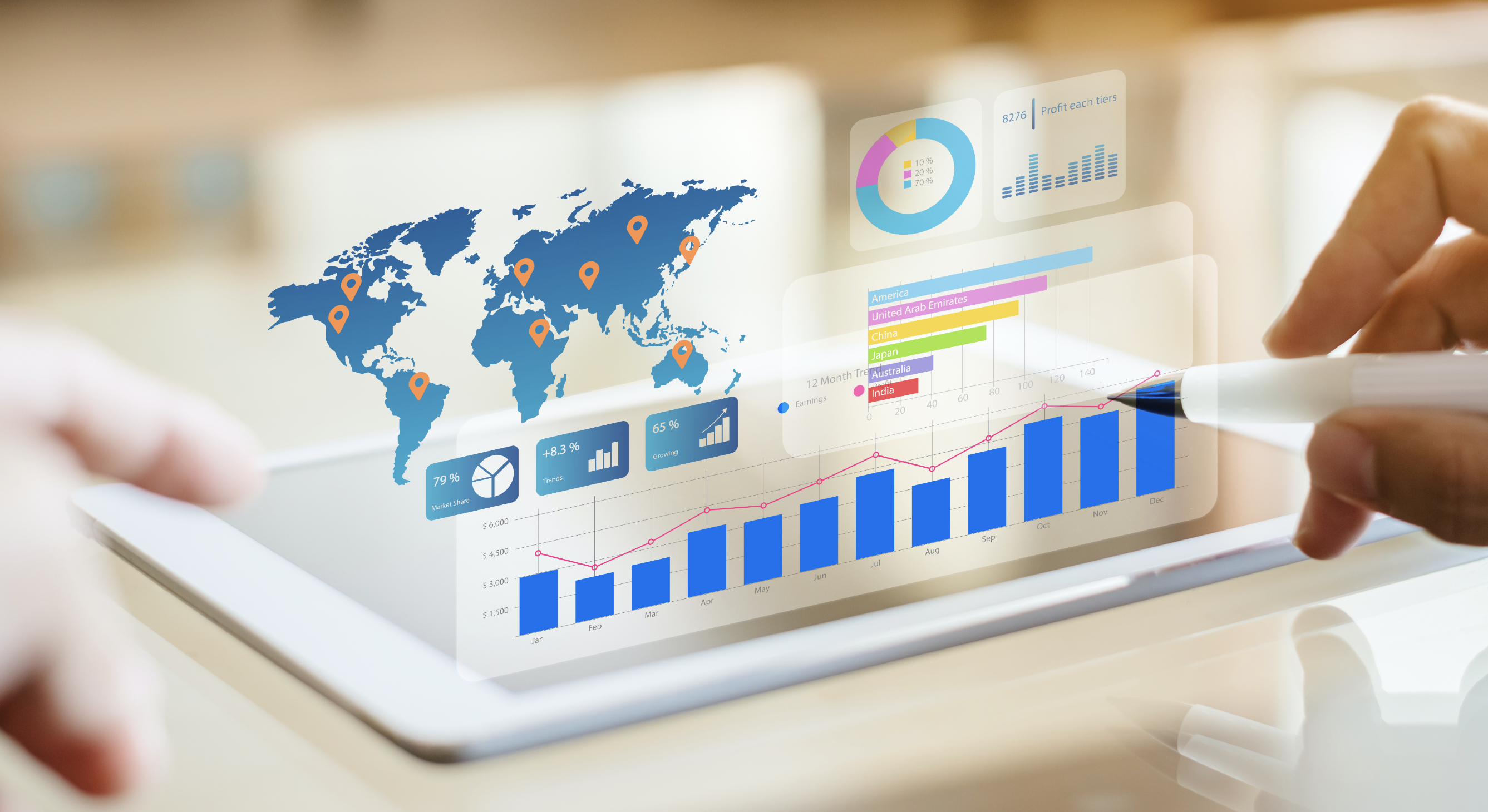
The first European report about the digital maturity of Quality and EHS departments has just been published. It highlights the situation of the digital transition in the Quality and EHS departments, the adoption of mobile apps & technologies and the necessity to be more involved in a CSR approach.
The last two years have been marked by an acceleration of the digital transition in all sectors. The global pandemic obliged companies to review all their working processes and procedures, in order to adapt and ensure business continuity. Remote work became then a big part of the companies’ adaptation to COVID. The idea of a survey with Quality & EHS professionals came to light, based on these developing events. The aim was “to assess the investment and the use of technologies within their departments”.
Over 400 organisations (mainly from Europe) of different sizes and from various industrial sectors were surveyed. The survey was carried out with the support of many players in the sector such as the BlogQHSE, the AFQP (the French Quality Performance Association), the AEC (Spanish Quality Association), and media such as Inforisques and HSE People.
All you need to know about EHSQ management (in the digital era) - Download Free
The 3 key takeaways from the 2022 survey
Three main findings have resulted from this study.
From the desktop tools era to the digital era
For starters, 50% of the Quality & EHS departments use paperwork and office tools to conduct their daily tasks. On the other hand, 52% of the organisations surveyed use digital tools such as the Quality module of their ERP or dedicated QHSE software. 8% of organisations have even fully digitised their QHSE management system. The survey also shows the strong interactions and communications between various departments and the Quality and EHS, such as Production, General Management and Maintenance. This makes digital technology a formidable ally in facilitating exchanges and meeting the priorities of QHSE departments, such as maintaining a certain certification or reducing administrative tasks.
Technologies and apps for the field
The second key takeaway is that mobile applications are at the top of the list of the most adopted technologies and deemed the most useful. These applications, which are easily deployed in the field and accessible on smartphones or tablets, greatly correlate with the daily tasks of QHSE professionals. They meet the needs of audits, inspections or control tasks inherent to the Quality and EHS departments. Dedicated QHSE platforms (such as BlueKanGo) come second in this ranking. Complementary to mobile applications, they can be used to handle document management, and monitor actions and reports. Regulatory monitoring, an essential part of business operations, comes third in the ranking.
The CSR challenge
Finally, the third and final key takeaway is that 65% of Quality and EHS professionals surveyed believe that CSR should be carried out by their department. Even if this subject is not one of the year's top priorities, it should nevertheless take on an essential role in the years to come. Moreover, CSR is among the four issues that the Quality and EHS department is most called upon. In addition, the Quality and EHS departments have an important role to play, especially when it comes to facilitating the collection of non-financial data and CSR reporting, provided that the quality management system is mature and fully digitised.
All you need to know about EHSQ management (in the digital era) - Download Free
Future surveys
This survey will be launched again next year. However, modifications will be brought to go deeper and better assess the adoption and implementation of digital technologies in the Quality and EHS departments. The first survey served to set the basics for many others to come.
To go further
. . .





